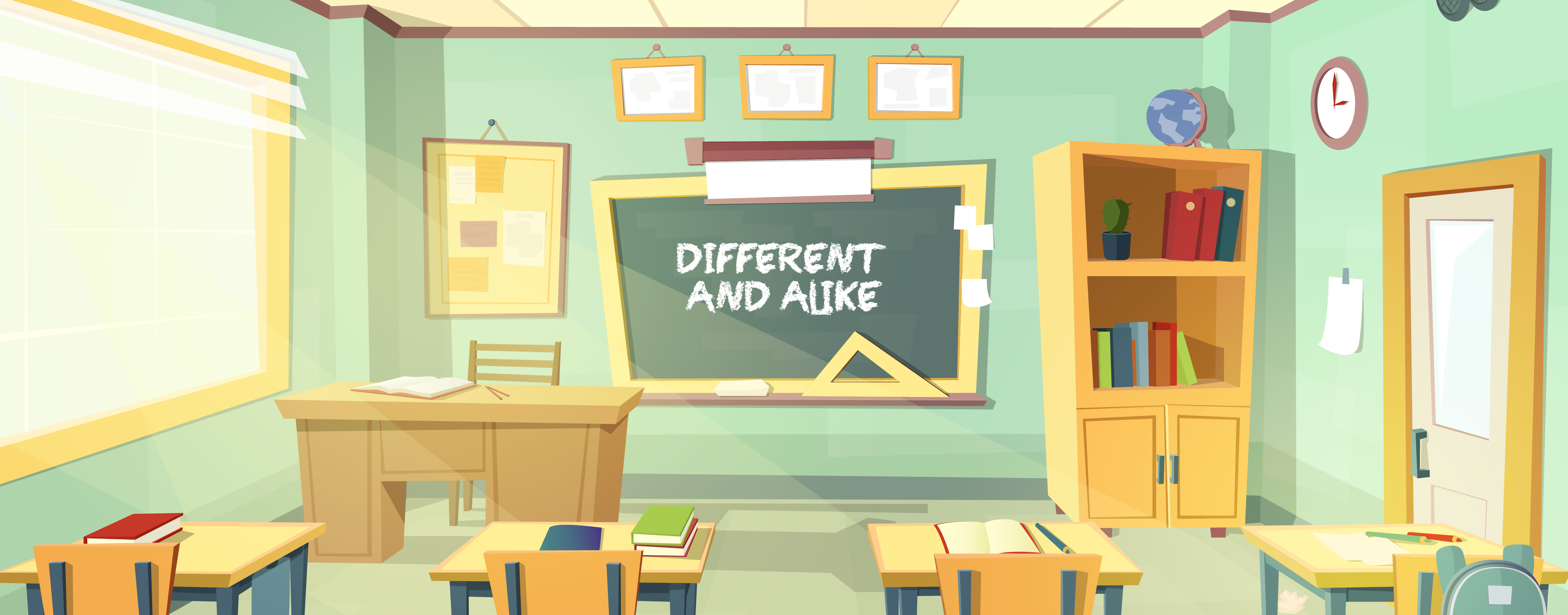Instructions
Take students to a hallway or other large space where sections have been marked off, with the corresponding sheets of paper have been taped to the wall.
Encourage students not to talk during this exercise. Instead, they should listen carefully and keep their eyes open. Start by telling them that you will be naming concepts and titles, and that you want them to move to a numbered area based on how they would rate it on a scale of 1 to 10. For example, if you really like something, move to section 10. If you don't like it, go to 2.
Go through a list of items, such as broccoli, basketball, music, gym class, singing, art, and more. Be sure to develop a diverse list of topics that will fit your students' interests and allow for a range of responses. After each concept or item, give students time to move and look around to see where their classmates went.
After you have completed the list, return to the classroom and ask the students, "Was there a time when you and one of your friends had different opinions about one of the items?" Discuss how we don't all have to like the same items to be friends, and how it is our differences that make us unique. Ask students to tell about a time that they did not feel included in a group - for example, if someone "loved" something unusual on the list, while everyone else hated it. Talk about how it made them feel. Ask them how their experience may relate to anyone who is perceived as different, and what challenges they may face in a school setting.
Next, work together with the students to plant an "inclusion" garden that includes flowers and plants with different characteristics. Ask students to describe how each is beautiful in its own unique way. Finally, have students write an essay or a journal entry on the ways that their garden reflects the diversity of their classroom or their community.


